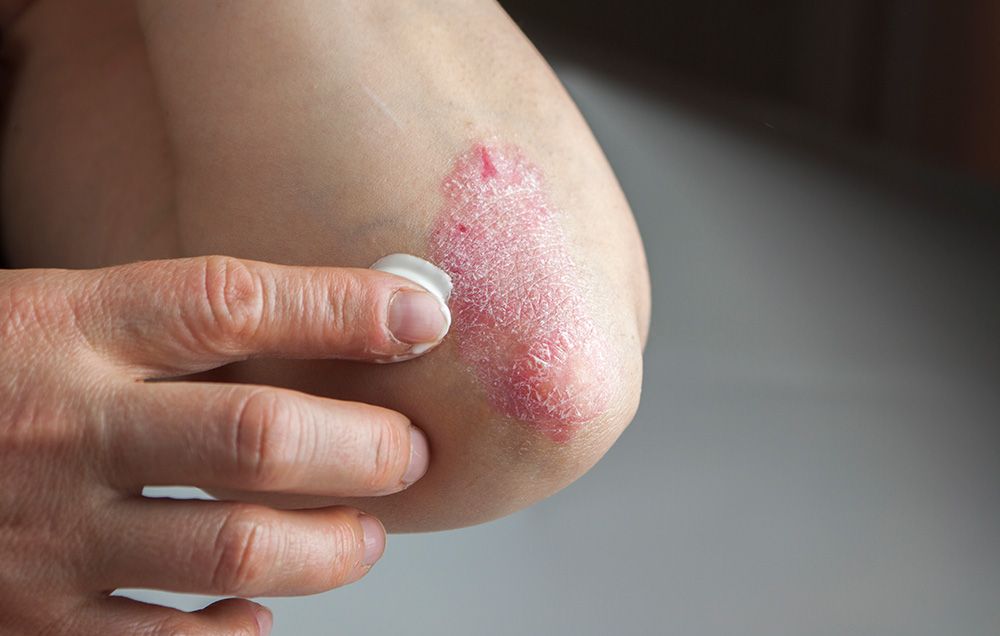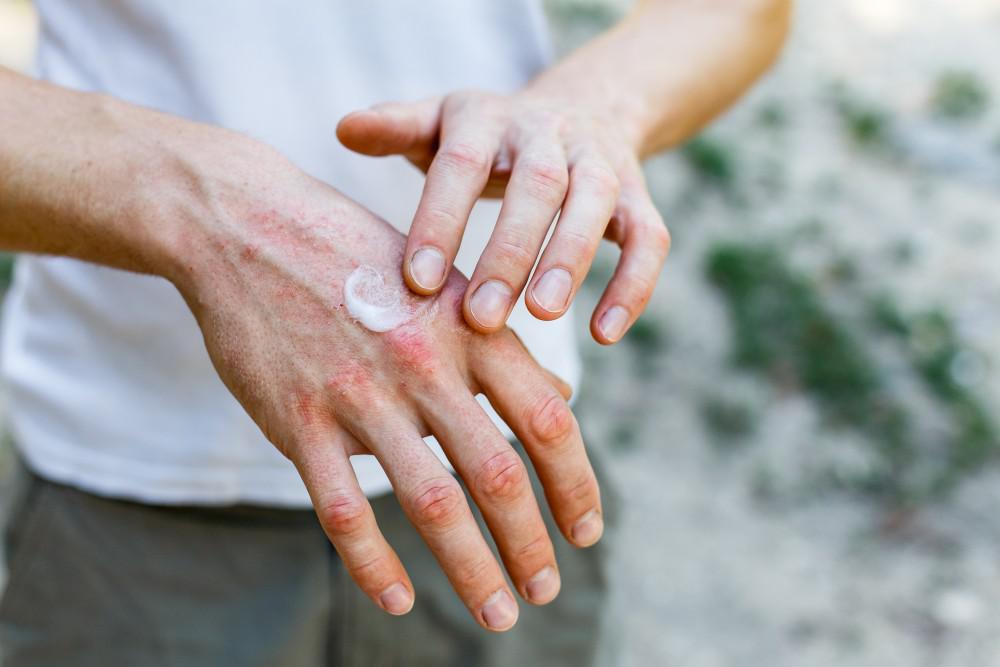
Eczema, also known as atopic dermatitis, is a common skin condition that affects millions of people worldwide. It is characterized by dry, itchy, and inflamed skin, which can lead to discomfort and even pain.
Eczema is often caused by a combination of genetic and environmental factors, making it difficult to pinpoint an exact cause. However, with the right treatment and management, it is possible to minimize flare-ups and improve skin health.
How Eczema Creams Work to Combat Symptoms
Eczema creams are specifically designed to address the symptoms of eczema, such as dryness, itching, and inflammation. They work by replenishing the skin’s moisture barrier, soothing irritation, and reducing inflammation. An Eczema cream can also help to protect the skin from further damage, allowing it to heal more effectively.
Key Ingredients to Look for in Creams

When choosing a cream, it is essential to look for ingredients that have been proven to benefit skin health. Some key ingredients include:
- Ceramides: These lipids help to restore the skin’s natural barrier, locking in moisture and preventing irritants from penetrating the skin.
- Hyaluronic acid: This powerful humectant draws moisture to the skin, helping to maintain hydration and reduce dryness.
- Colloidal oatmeal: This natural ingredient is known for its soothing and anti-inflammatory properties, helping to relieve itching and irritation.
Topical Steroids vs. Non-Steroidal Creams
Topical steroids, such as hydrocortisone, are often prescribed to treat flare-ups. However, these medications can have potential side effects and are not suitable for long-term use. Non-steroidal creams, on the other hand, can provide effective relief without the risks associated with steroids, making them a safer option for managing eczema symptoms.
How to Properly Apply Producst for Best Results

For optimal results, it is essential to apply cream correctly. Follow these steps:
- Cleanse the skin gently with a mild, fragrance-free cleanser.
- Pat the skin dry with a soft towel, leaving it slightly damp.
- Apply a generous layer of eczema cream to the affected areas, gently massaging it into the skin.
- Allow the cream to absorb fully before dressing or applying other skincare products.
Additional Lifestyle Changes to Support Skin Health
In addition to using eczema cream, making certain lifestyle changes can also support skin health and reduce the risk of flare-ups. Consider the following tips:
- Maintain a healthy diet: Eating a balanced diet rich in fruits, vegetables, and omega-3 fatty acids can help to support overall skin health and reduce inflammation.
- Manage stress: High-stress levels can exacerbate symptoms. Practice stress-reduction techniques such as meditation, yoga, or deep breathing exercises to help keep stress in check.
- Choose gentle, fragrance-free products: Opt for mild, fragrance-free soaps, detergents, and personal care products to minimize the risk of irritation.
- Avoid scratching: Scratching can worsen eczema symptoms and potentially lead to infection. Keep nails short and consider using anti-itch creams or cold compresses to soothe itchiness.
- Dress in breathable fabrics: Choose clothing made from natural, breathable materials like cotton to avoid irritation and overheating, which can trigger eczema flare-ups.

Conclusion
Eczema cream is an essential tool for anyone suffering from this condition. By using the right product, it can help to soothe and heal any flare-ups, reduce itching sensation and protect your skin barrier against further irritation.
While there are many products out there, we suggest opting for natural ingredients as these offer the safest option for long-term use. Make sure to speak with a dermatologist before trying new treatments or ointments to guarantee that you’re taking the best steps possible toward maintaining healthy skin.








